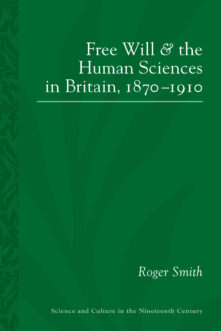Books
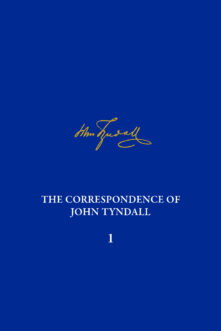
The Correspondence of John Tyndall, Volume 1
The Correspondence, May 1840–August 1843
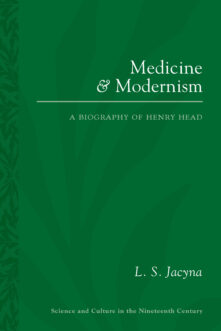
Medicine and Modernism
A Biography of Henry Head
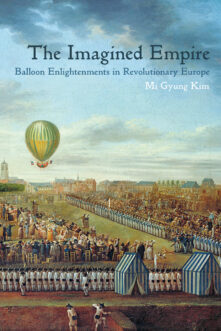
The Imagined Empire
Balloon Enlightenments in Revolutionary Europe
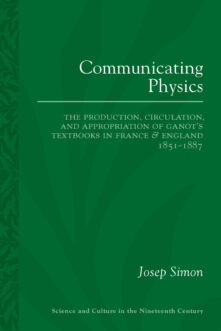
Communicating Physics
The Production, Circulation, and Appropriation of Ganot's Textbooks in France and England, 1851–1887
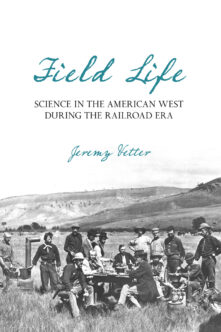
Field Life
Science in the American West during the Railroad Era
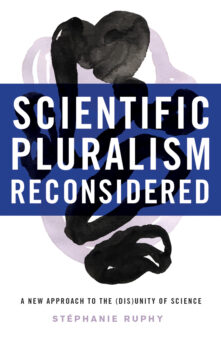
Scientific Pluralism Reconsidered
A New Approach to the (Dis)Unity of Science
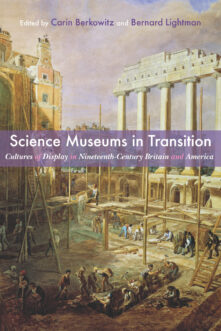
Science Museums in Transition
Cultures of Display in Nineteenth-Century Britain and America
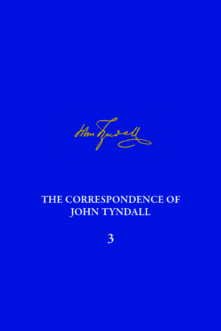
The Correspondence of John Tyndall, Volume 3
The Correspondence, January 1850–December 1852
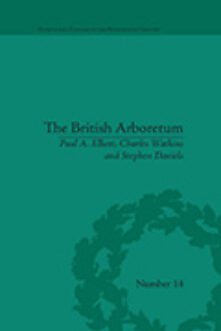
The British Arboretum
Trees, Science and Culture in the Nineteenth Century
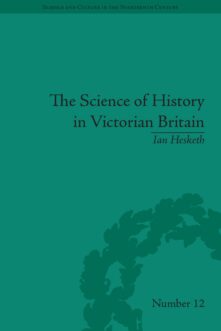
The Science of History in Victorian Britain
Making the Past Speak

The Making of Modern Anthrax, 1875-1920
Uniting Local, National and Global Histories of Disease
Total 60 results found.


